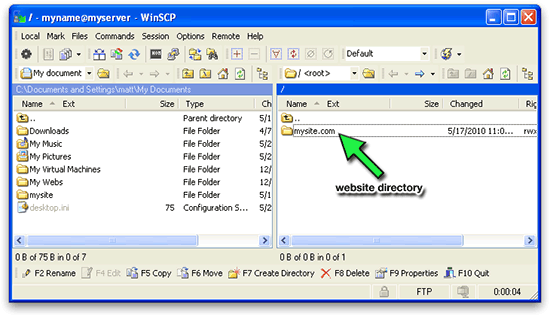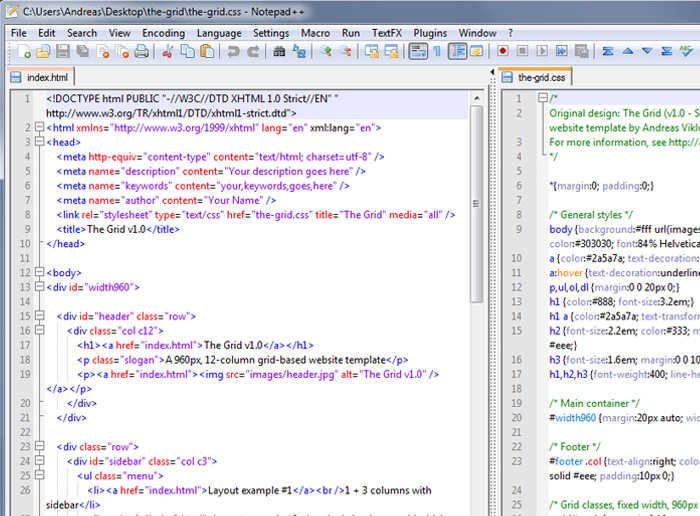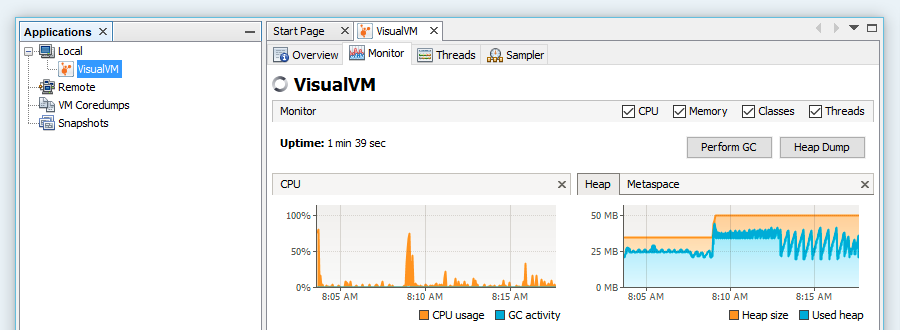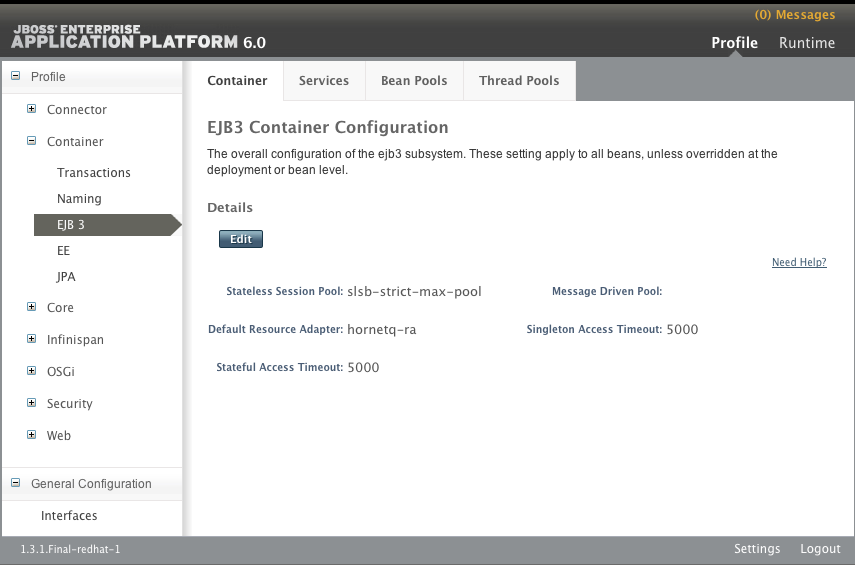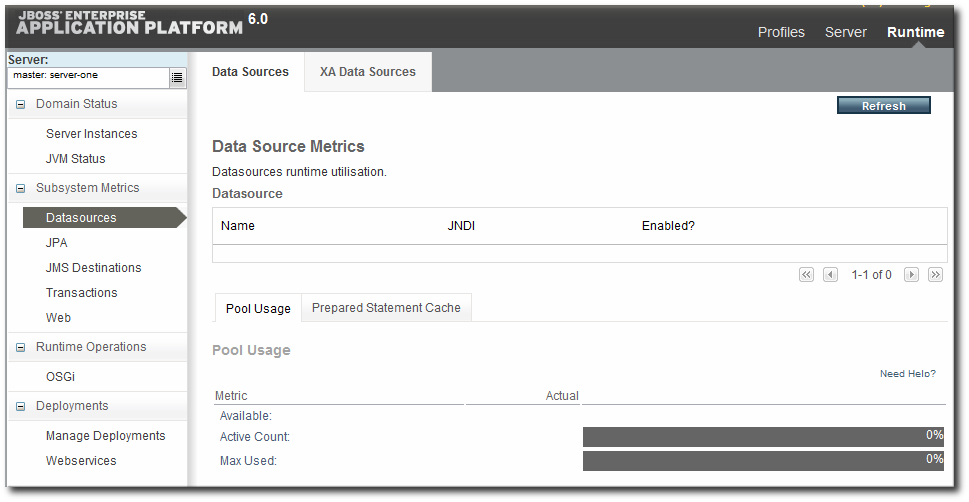SCP (Secure Copy) works within SSH which lets you exchange files freely between Linux and Windows. WinSCP is a free SCP client. WinSCP which stands for Windows Secure Copy is a free client for Windows.
One of the most common uses of WinSCP is transferring files between Linux and Windows. For example many Windows professionals prefer to transfer files over to Linux using WinSCP because it provides a Windows Explorer like interface. It has two panels, left for local directory and right for remote directory, where you can just copy and paste or drag and drop files from the Windows area pane to the Linux area pane. It is far easier than knowing which commands to type from within the Linux operating system.
Many professionals also just use their Windows text editor to do the Linux commands and then copy it across using a client utility such as WinSCP.
Here some of the screenshots:
